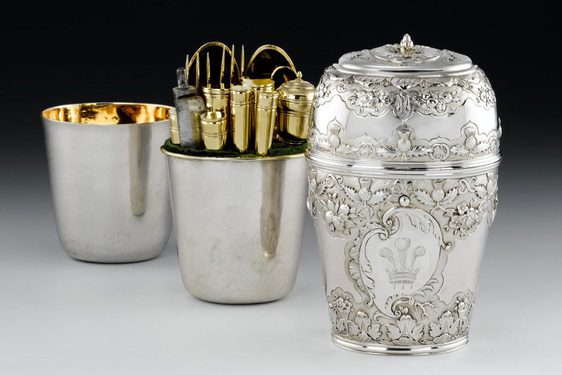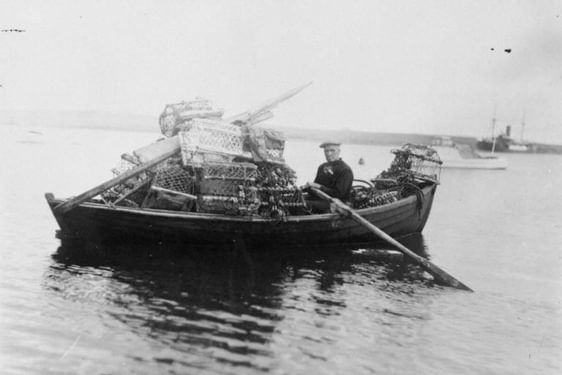
About The Declaration of Arbroath
The Declaration of Arbroath is a letter dated 6 April 1320 written by the barons and freeholders of the Kingdom of Scotland to Pope John XXII. The letter asked the pope to recognise Scotland's independence and acknowledge Robert the Bruce as the country's lawful king.
Despite the Scots' success at the Battle of Bannockburn, Robert I had not been recognised as king by either King Edward II of England or the Pope. At the time, the Pope desired peace between England and Scotland so that both kingdoms could help in a crusade to the Holy Land. The Declaration sought to influence him by offering the possibility of support from the Scots for his long-desired crusade if they no longer had to fear English invasion.
Written in Latin, it was sealed by eight earls and about 40 barons. It was authenticated by seals, as documents at that time were not signed. Only 19 seals now remain.
The surviving Declaration is a medieval copy of the letter, the original having been dispatched to the pope in Avignon. It is cared for by National Records of Scotland and is so fragile that it can only be displayed occasionally in order to ensure its long-term preservation.
Read a full transcription from The National Records of Scotland.
In partnership with
You might also like
- Discover

Bonnie Prince Charlie's silver travelling canteen
This elaborate set of travelling cutlery and two wine beakers was made by the Edinburgh goldsmith Ebenezer Oliphant in 1740-41. It may have been a 21st birthday gift for Prince Charles Edward Stuart.Who was Bonnie Prince Charlie?Prince…Keep reading - Discover

The Autumn harvest in 8 rural snapshots
Seasons of the year have always shaped how communities and people live. Farming and rural life was driven by the changing of the seasons. While the technology employed to do the work has changed, the tasks done in each season have largely…Keep reading - Discover

9 summer customs in rural Scotland
Explore stories of spring in rural Scotland through tools, machinery and photographs from the rural history collections.Keep reading
